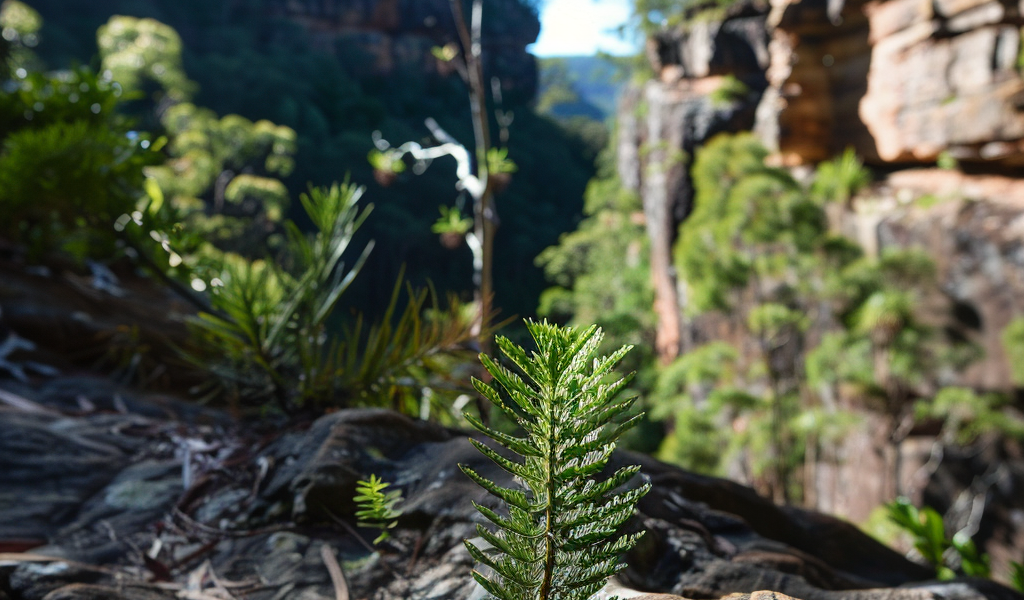Scientists are embarking on a monumental effort to save a ‘living fossil’ tree species, the Wollemi pines, from the brink of extinction. These ancient conifers, believed to have vanished around 2 million years ago, were serendipitously rediscovered in Australia’s Blue Mountains in 1994. Now, with only about 60 of these trees left in Wollemi National Park, they are facing threats from a pathogenic water mold and rampant wildfires in New South Wales.
The Wollemi Pine Recovery Team, a collaboration between Australian government scientists and conservationists, has taken on the task of reintroducing seedlings to three secret locations within the national park. These sites have been carefully selected for their high-elevation sandstone gorges, which offer protection from intense wildfires and drought, as well as limited accessibility due to their remote nature.
Despite the challenges, the team has made significant progress in their conservation efforts. After a pilot transplantation in 2012, a more extensive project was initiated in 2019, resulting in the transplantation of over 400 saplings at two sites. However, the trees faced additional adversity as drought conditions required the team to transport thousands of gallons of water to support their survival. Tragically, a substantial number of these young trees fell victim to bushfires, leaving only 58 saplings remaining by 2020.
The resilience of the Wollemi pines has captured the attention of scientists and conservationists worldwide, leading to the cultivation of these rare trees in botanical gardens and private spaces across the globe. With their unique prehistoric lineage dating back to the Cretaceous period, these ‘living fossil’ trees serve as a testament to the enduring power of nature and the dedicated efforts of those striving to preserve Earth’s biodiversity.





